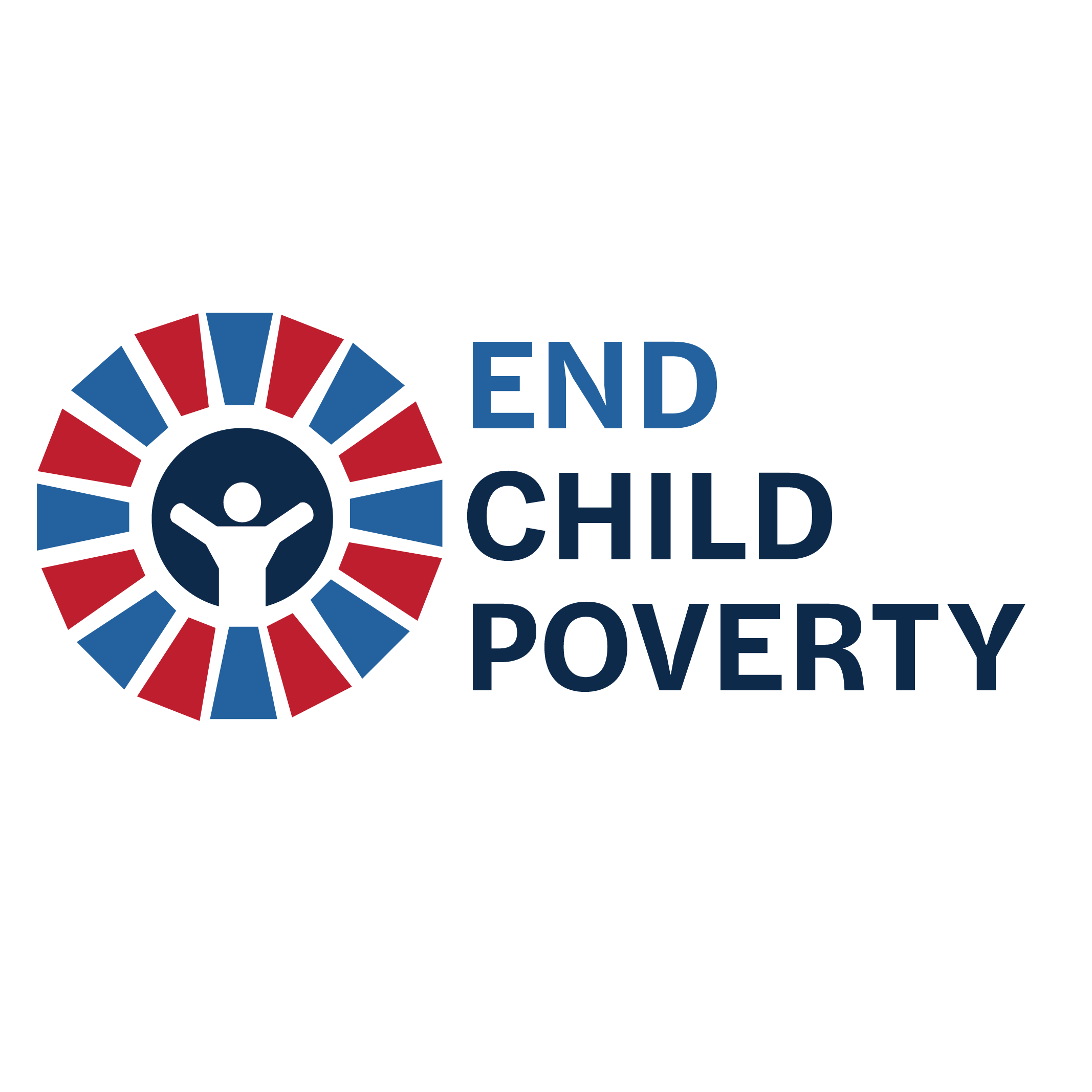We can reduce child poverty
BY BRUCE LESLEY AND MARK K. SHRIVER
Originally published in The Hill.
Today, one in five U.S. children grows up in poverty. That’s 14 million kids who simply do not get a fair chance at a bright future because they lack access to the quality education and other resources which others may take for granted.
Child poverty is not inevitable – we know that investing in high-quality early childhood education is one of the most effective ways to break the pervasive cycle of poverty and ensure equal opportunity for all families in America.
Children also benefit from resources such as proper nutrition, health care and stable housing at an early age, regardless of their family’s socioeconomic status. Studies show that when children are given a healthy start, with sustained resources during their critical early developmental years, it positively impacts their long-term economic contributions.
The return on investment is profound. Research from Nobel Prize-winning economist James Heckman has found the rate of return on investment in high-quality early childhood programs is 13 percent per child, per year, due to improved outcomes in education, health, sociability and economic productivity.
Yet, even basic resources remain out of reach for far too many American children. In most low-income households with children, there is at least one family member who is working. But due to low wages, skyrocketing rents, and the high cost of everyday goods, parents continue to struggle in making ends meet.
Our stubbornly high child poverty rate should be viewed as one of the most pressing issues facing our country today. Our nation’s future economic security is dependent on the success of our children, yet there is no long-term national strategy, or even a national dialogue, to address child poverty and its long-term, negative implications.
It does not have to be this way. When countries prioritize their children, they can lower child poverty rates and improve economic outcomes. For example, the United Kingdom cut child poverty in half between 2000 and 2010 through a national commitment and coordinated strategy to drastically reduce child poverty, including expanding family tax credits and establishing universal pre-K for 3- and 4-year olds.
Last week, the National Academy of Sciences, Engineering and Medicine released a landmark study confirming child poverty in the United States is a solvable problem if there is the political will to address it. Written by a committee of the nation’s leading experts on child poverty, “A Roadmap to Reducing Child Poverty” puts forward an evidence-based policy agenda that, if prioritized and implemented by our nation’s lawmakers, would cut our child poverty rate in half within a decade.
Our nation has our roadmap; now is the time to act. As members of the U.S. Child Poverty Action Group, we are proud to be launching End Child Poverty U.S., a campaign to call upon the federal government to establish a national target to cut our child poverty rate in half within 10 years and eliminate child poverty within 20 years.
Children lack a powerful constituency to represent their interests in Washington, D.C. They can’t vote or donate to political action committees. Establishing a child poverty target would provide a powerful tool to hold our government accountable to making kids a priority.
Our children are one-quarter of our population, but 100 percent of our future. We call upon our nation’s leaders to recognize their value and commit to ending child poverty, so all children have an equal chance to reach their full potential.
Bruce Lesley is president of First Focus, a bipartisan advocacy organization dedicated to making children and families the priority in federal budget and policy decisions. Mark K. Shriver is CEO of Save the Children Action Network, which works to increase access to high-quality early childhood education across the nation.
